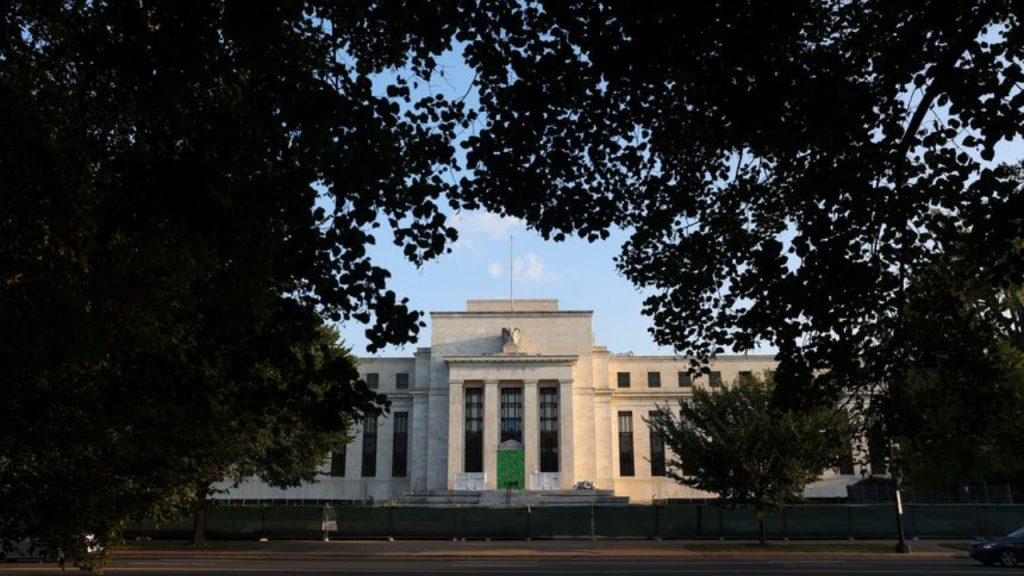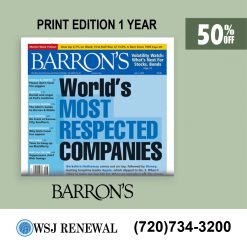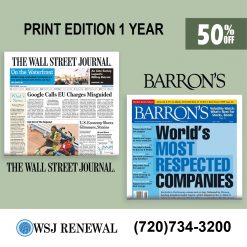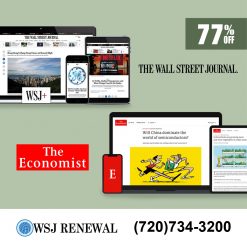Economy
Fed’s Third Straight 0.75-Point Interest-Rate Rise Is Anticipated
The Federal Reserve is expected to approve its third consecutive interest-rate increase of 0.75 percentage point on Wednesday, while signaling plans to raise and hold its benchmark rate above 4% in coming months to battle inflation.
Investors see a small chance of a larger rate rise of a full percentage point, or 100 basis points, at the Fed’s policy meeting Tuesday and Wednesday. A few analysts have said last week’s report showing high inflation could force central-bank officials to debate the merits of the larger move. But others think surprising the public with a larger rate rise could fuel questions over the central bank’s broader strategy and tactics.
“They would only go for 100 if they saw a fundamental change in where they thought the economy and inflation were going, and I doubt one month’s data was enough to do that,” said William English, a former senior Fed economist who is now a professor at the Yale School of Management. “You could do 100 if you really wanted to stamp your foot and say, ‘This is unacceptable.’ To me, it doesn’t seem like they need it.”
Get 52 weeks of The WSJ Print Edition with daily delivery to your home or office for $318
Some Fed officials have voiced concerns recently about potentially overdoing rate rises. Sticking with a 0.75-point rate rise “still provides the Fed with scope to tighten policy substantially further in the near term without unnecessarily backing” into ever-larger moves that could make it even more difficult to slow or stop the increases, said Matthew Luzzetti, chief U.S. economist at Deutsche Bank, in a recent report.
When Fed officials began their premeeting quiet period on Sept. 10, some had been mulling whether to raise rates by 0.5 point or 0.75 point this week, but the inflation report likely ended any prospect for the smaller move. On Monday, investors in interest-rate futures markets saw an 82% probability of a 0.75-point rate rise and an 18% probability of a full-point increase, according to CME Group.
Equally important will be the signals Fed officials send about how much higher they expect to raise rates, and how fast they expect to do so, and what they expect the economic consequences to be. These will come through officials’ new rate projections, to be released Wednesday.
The Fed has raised its benchmark federal-funds rate at its past four meetings, most recently in July, to a range between 2.25% and 2.5%. In officials’ June projections, most saw lifting the rate above 3.25% this year and to just below 4% by next year.
Subscribe to The Wall Street Journal and Bloomberg Digital for $89
Many analysts anticipate the new projections to show Fed officials expecting to raise the rate slightly above 4% this year.
Because the Fed provides rate projections for the calendar year, officials will be essentially offering a peek at how high they anticipate raising rates at their last two meetings of this year, in November and December.
Since June, inflation has proven to be persistent, while the labor market has remained strong despite signs of a slowdown in some parts of the economy. While falling gasoline costs held down overall inflation in July and August, climbing housing costs and prices for services such as dental and hospital visits, haircuts and car repairs have kept inflation elevated.
Other central banks in wealthy economies, including the U.K., Europe, and Canada, have also been raising rates in historically large increments, creating the most rapid tightening in global monetary policy since 1989, according to economists at Credit Suisse.
Sign up today and get 3 Years unlimited access to The Wall Street Journal for $55
The Labor Department last week reported that its so-called core consumer-price index, which excludes volatile food and energy prices, rose 0.6% in August from July, double July’s pace. Economists follow core inflation closely as a reflection of broad, underlying inflation.
Stronger service-sector prices could trouble policy makers by reflecting how solid demand and growing incomes have enabled companies to continue raising prices.
“The problem with the August CPI print was not signs of the inflation problem getting worse. The problem was no sign the inflation problem is getting better,” said Jonathan Pingle, chief U.S. economist at UBS.
Some analysts believe the Fed should consider a larger rate increase because they say surprisingly hot inflation reports this year should have made officials less confident in how the inflation process is operating. They say the Fed needs to respond to risks that price-setting dynamics are changing in ways that will require substantially higher rates to bring down inflation.
“If they do 75, they’re still plodding along, rolling the dice on the hope that lower commodity prices and a slowing global economy will deliver a lower inflation rate,” said Steven Blitz, chief U.S. economist at research firm TS Lombard.
Current Inflation Rate: Consumer prices rose 8.26% in August 2022 from a year before
Prices rose the fastest for fuel oil , a change of 68.77% from prices a year ago this month. Smartphones had the largest drop, falling 20.38% .










